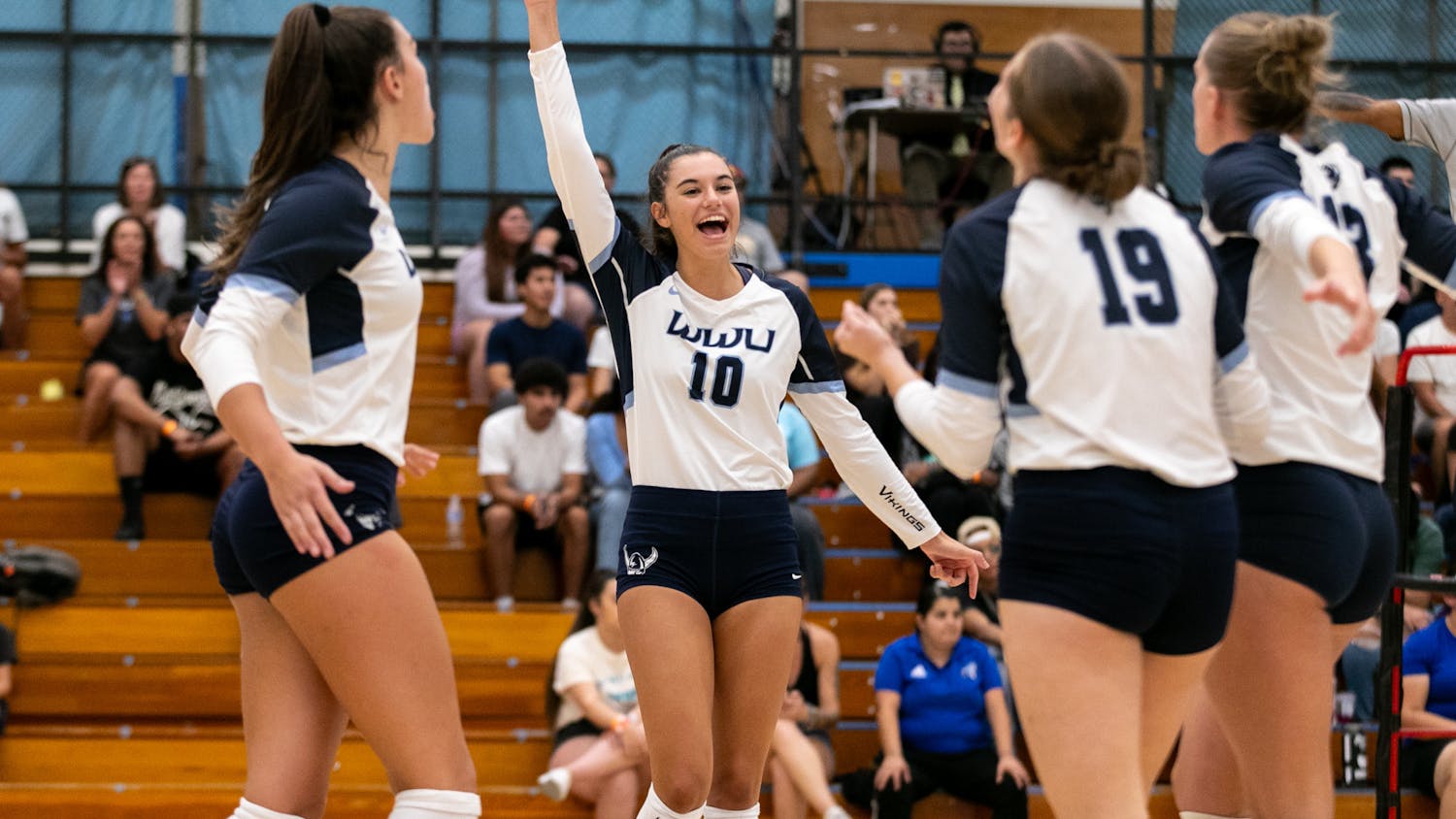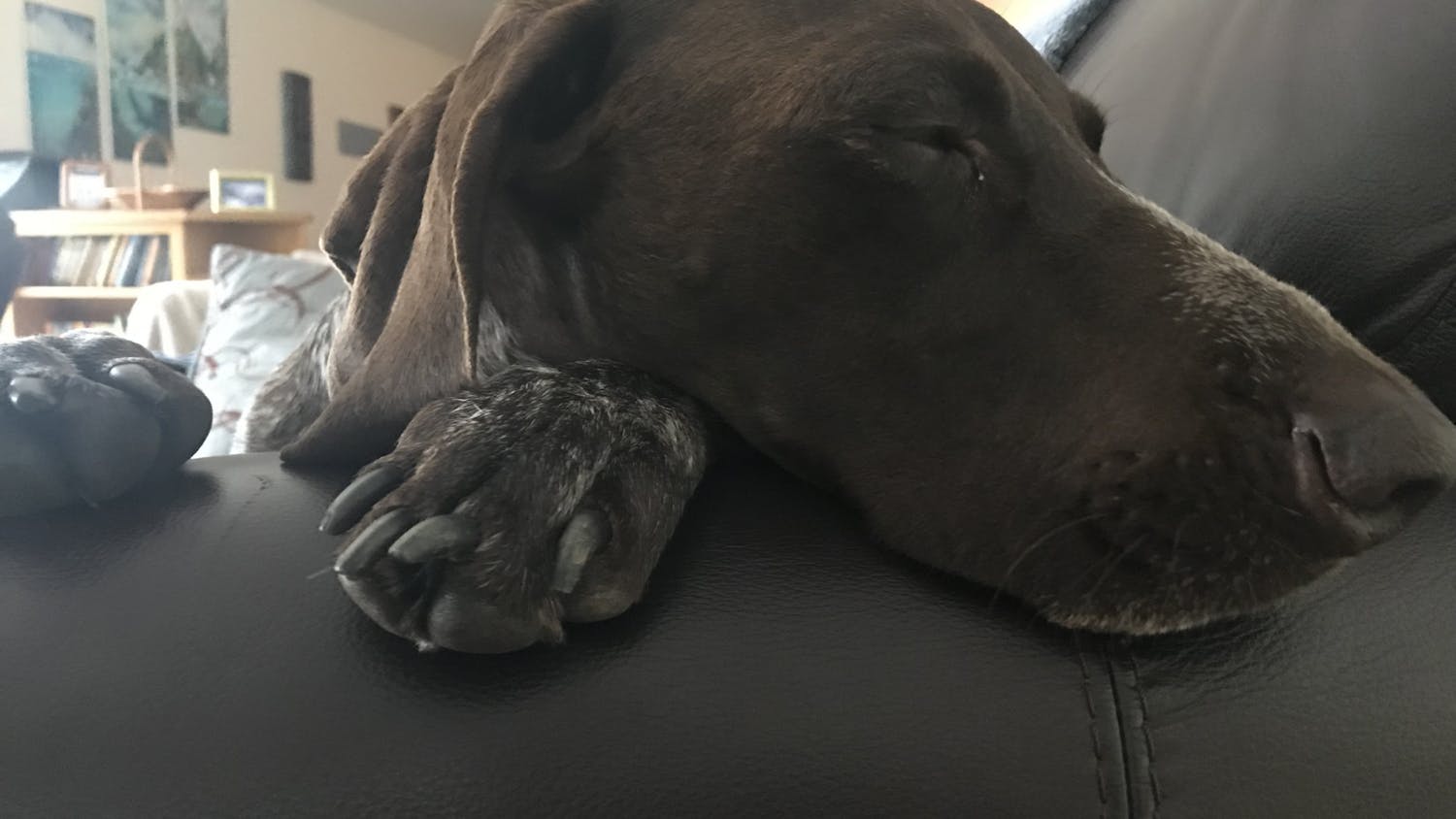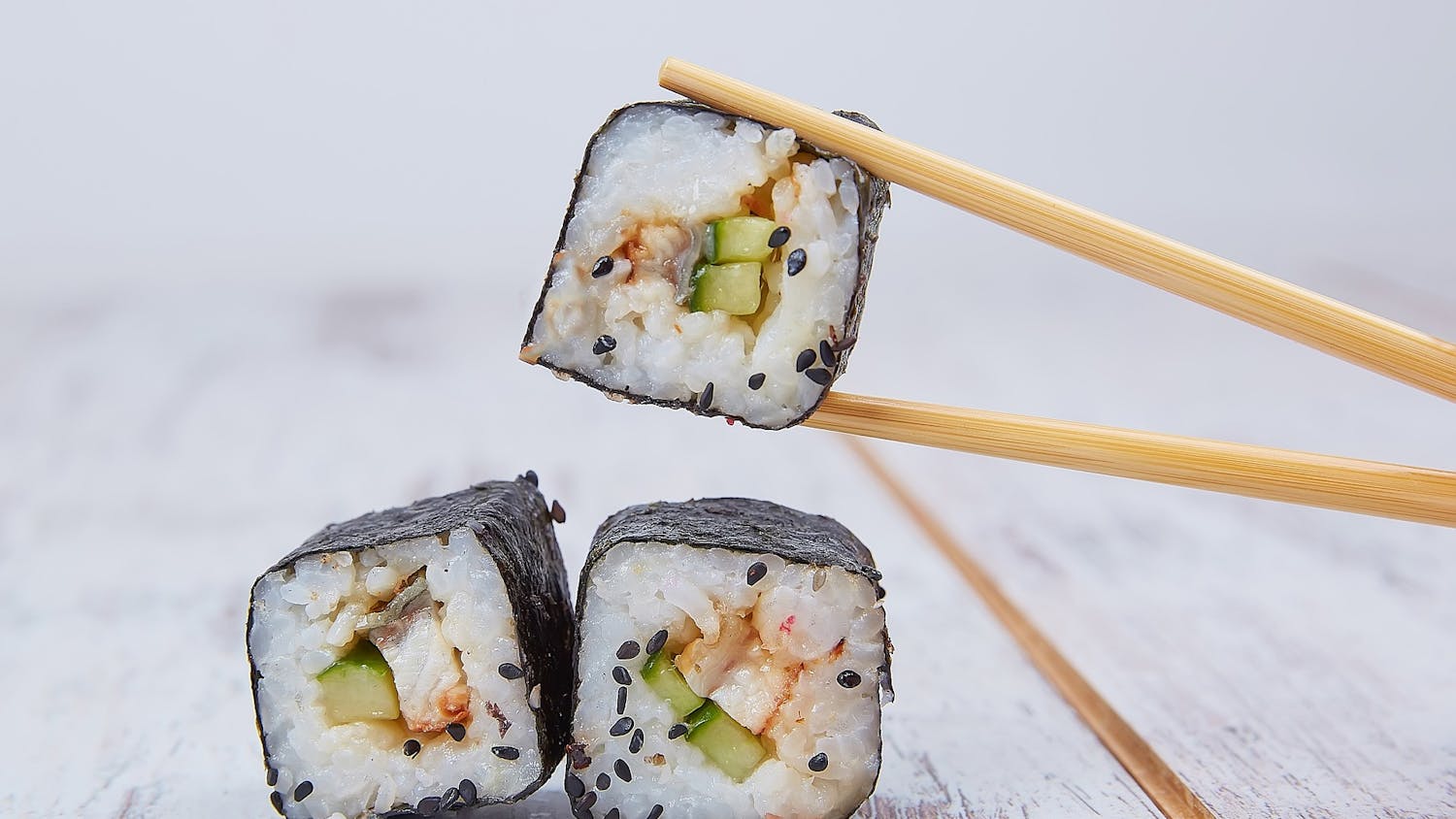Birds fly out across the water at Teddy Bear Cove, which lines the coast of the Puget Sound, where many salmon live. // Photo by Roisin Cowan-Kuist
Maddie SmithSalmon in Washington state are struggling.
Attorney General Bob Ferguson went up against tribes and the federal government in April, opposing the state’s responsibility to fix over 800 salmon blockages.
These fixes won’t be cheap, either. In fact, the Washington State Department of Transportation has estimated the total cost of the project at nearly $2 billion.
On April 18, the U.S. Supreme Court heard oral arguments from each side of the financial debate of opening salmon habitat. The argument centers around culverts, metal pipes used to connect streams under roads, because they are often responsible for blocking the passage of salmon.
The case began with the Boldt Decision, a 1974 court case which granted tribes their treaty right to fish. The effort was led by Nisqually activist Billy Frank Jr., said Tim Ballew II, Whatcom County councilmember and former Lummi Nation chairman.
According to the treaty right to fish, Coast Salish fishing tribes, 22 tribes in total, are entitled to 50 percent of fish catch and a “moderate standard of living,” Ballew said.
However, Ballew said conditions in river environments correlate with decreasing fish populations, making for cultural and economic hardships for fishing families.
“It is becoming extremely difficult to not just practice the treaty right but also to put food on the table, from the stories I hear from fishing families,” Ballew said.
For Ballew, the right thing for the Supreme Court to do is to uphold the ruling, which would hold the state responsible for fixing stream blockages, so fish can get through.
This case has attracted attention. Those getting involved now are not just from the government or local tribes – community leaders have begun to voice their concerns.
Bellingham Port Commissioner Michael Shepard wrote an opinion article for the Bellingham Herald in April about the culvert case.
 In his article, Shepard outlined the legal history of the case and highlighted that both tribes and the state government have historically avoided taking treaty rights disputes to court. Since court battles are often costly and tribes can’t be certain the court will rule in their favor, they often decide to simply not take legal action, he said.
In his article, Shepard outlined the legal history of the case and highlighted that both tribes and the state government have historically avoided taking treaty rights disputes to court. Since court battles are often costly and tribes can’t be certain the court will rule in their favor, they often decide to simply not take legal action, he said.
Shepard used an example of Skagit tribes not suing the state for the Baker River Dam disrupting fish passage, and instead choosing to partner with Puget Sound Energy to install fish passage systems in the lower Skagit River in 2008.
According to Shepard, this was a more low-risk option for tribes.
“Tribes understand that they put their treaty rights on the line every time they go to court over a treaty rights issue,” Shepard said.
And there is a lot on the line for the 22 fishing tribes who work with the state to maintain treaty rights to fish, Ballew said.
“Family traditions and values are rooted in the act of harvesting and bringing in the resources to share with other family members and the community,” Ballew said. “It’s a main fabric of our way of life.”
Local nonprofit Nooksack Salmon Enhancement Association works on restoring salmon habitats in Whatcom County to improve survival rates among fish populations.
Project Manager Darrell Gray said the association has a lot of work to do, as there are currently around 850 barriers for fish in streams in Whatcom County.
There is a state-owned culvert blocking an area under Interstate 5 near Samish Way that is responsible for blocking roughly 67 percent of coho, steelhead and trout passage, according to the Washington Department of Fish and Wildlife.
Gray said the department provided initial culvert assessment training for NSEA and tribal members for a program intended to assess fish blockages in Whatcom County. From there, the county, the Nooksack Tribe and NSEA have evaluated fish barriers in Whatcom County, both on public and private land with permission from landowners, he said.
The barriers in the assessment were ranked based on accessibility to fish, Gray said.
“All we’ve been doing is just going down that list, starting from the worse barriers to the lesser worse barriers,” he said.
One fish in particular, coho salmon, is the species most affected by culverts blocking their passage, according to Gray.
Endangered chinook salmon are most affected by the Nooksack Diversion Dam in the middle fork of the Nooksack River. Tribes are especially interested in opening the dam due to the critical condition of Chinook.
The dam was constructed in the 1970s to divert water to the Georgia-Pacific paper mill in downtown Bellingham, according to Shepard. He said since operations have ceased at the old factory site, Bellingham no longer has the industrial need for the large quantities of water the dam can provide.
Now, without a major industrial need for the water, Shepard said, removing the dam is the number one thing the state could do to improve salmon passage in the Nooksack River.
Gray said multiple culverts throughout Whatcom County create fish blockage, but the Nooksack Diversion Dam is the largest factor.
“The dam is definitely the biggest smoking gun,” he said.
Ballew said local governments need to focus less on legal battles and more on salmon recovery. He said the three most important factors in restoration are fish habitats, hatchery programs and clean water.
“The habitat, the salmon and the people would all benefit if we actually just get to work, rather than just fighting about it in court,” Ballew said.






